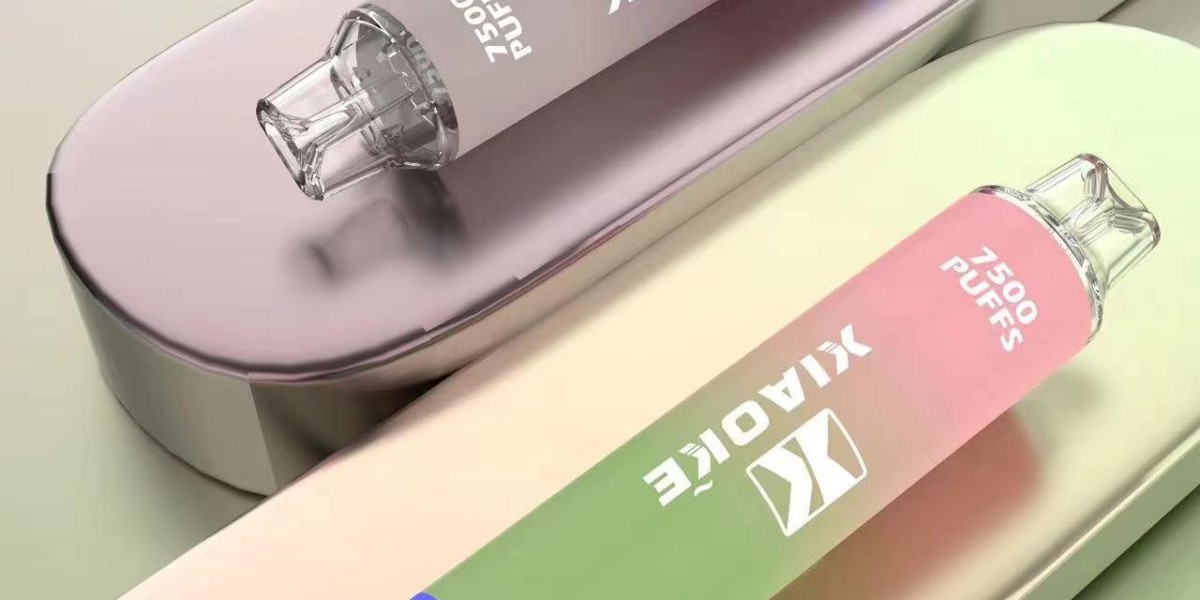As sustainability and lifecycle performance become critical in construction, infrastructure, and manufacturing, understanding the science behind stainless steel’s resilience can help engineers, procurement teams, and architects make smarter material decisions. Let’s explore what sets stainless steel apart—and why it continues to dominate modern applications worldwide.
The Science Behind Corrosion Resistance
At the core of stainless steel’s corrosion resistance is chromium, an alloying element that makes up at least 10.5% of most stainless steel grades. When exposed to oxygen, chromium reacts to form a thin, passive oxide layer on the surface. This layer acts as a self-repairing shield, preventing moisture and air from reaching the underlying metal.
How It Works:
- This oxide film is only a few atoms thick but incredibly durable.
- If the surface is scratched or damaged, the chromium quickly reacts with surrounding oxygen to reform the protective layer.
- As long as oxygen is present—even in small amounts—the self-healing process continues.
This is why stainless steel performs well in environments ranging from industrial food processing plants to high-humidity public infrastructure projects.
Example: Grade 316 stainless steel, which contains molybdenum in addition to chromium, is frequently used in marine environments due to its superior resistance to chlorides and salt spray.
When Stainless Steel Fails: The Importance of Grade and Environment
While stainless steel is highly resistant to corrosion, it’s not entirely immune. Corrosion can still occur due to:
- Improper selection of grade (e.g., using 304 in a coastal area instead of 316)
- Mechanical wear and exposure to harsh chemicals
- Lack of oxygen in enclosed or submerged environments, which prevents the passive layer from reforming
Expert Perspective:
According to ASM International, even stainless steel can suffer from pitting and crevice corrosion in highly aggressive environments unless the proper grade is used.
Choosing between grades such as 304, 316, or 430 isn’t just about price—it’s about performance in your application’s specific conditions.
This underscores the importance of partnering with a knowledgeable supplier that can guide you on the right stainless steel grade based on location, exposure, and industry regulations.
Future Trends: Smarter Materials, Smarter Applications
As demand grows for low-maintenance, eco-friendly materials, stainless steel’s corrosion resistance continues to be a key selling point. In fact:
- Architects in the UK are increasingly using weather-resistant stainless steel in high-rise exteriors to reduce maintenance costs.
- US-based food and medical equipment manufacturers are shifting to high-alloy stainless steels for long-term hygiene and sanitation.
- Green building certifications (LEED, BREEAM) often favor stainless steel due to its recyclability and durability.
We’re also seeing advancements in surface treatment technologies—such as electro-polishing and passivation—that enhance the corrosion resistance of standard grades, extending their usability in more extreme settings.
Conclusion: The Lasting Value of Corrosion Resistance
The real power of stainless steel lies in its ability to resist the elements while maintaining strength and appearance over time. It’s not just about preventing rust—it’s about performance, cost-efficiency, and sustainability in the long run.
At Nakoda Steel Industry, we provide stainless steel products tailored to resist corrosion in your specific working conditions—whether you’re building for the coast, the kitchen, or the cleanroom.
Need expert advice on selecting the right stainless steel for your next project? Connect with Nakoda Steel Industry today and build with confidence.






